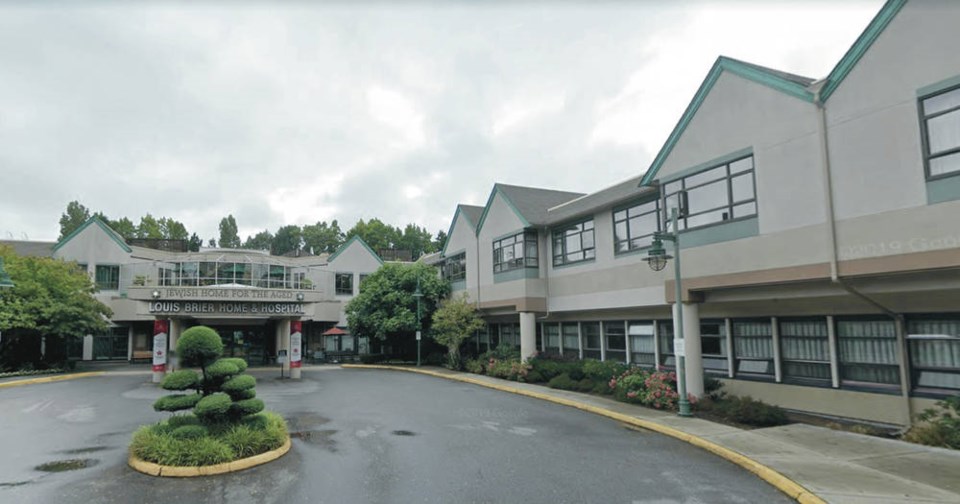UBC researchers say a combination of good planning and leadership led to the success of one B.C. long term care home at keeping the COVID-19 virus at bay early on in the pandemic.
The study, led by professor Farinaz Havaei, evaluated the management practices of a large B.C. long-term care facility that did not experience a single outbreak until much later in the year — when the B.C. health care system was much better prepared to fight the virus.
The publicly funded care home Louis Brier Home and Hospital, which has more than 200 residents and 400 staff, is located in the Vancouver Coastal Health Authority.
Researchers say it implemented the most provincial guidelines to prevent or mitigate virus spread, and had good crisis management, according to the report. “The facility leaders were monitoring COVID news as early as December,” said Havaei, a UBC nursing professor, who studies workplace safety and patient care.
By March, when the B.C. government declared an emergency because of the virus, the care home had already implemented many of the infection control practices that would become standard practice in the pandemic, such as keeping an up-to-date list of people entering the home.
The centre did have a community-based outbreak later among staff, but it did not spread to any of the residents.
It also enforced staff members’ hand hygiene, implemented a flexible, non-punitive sick policy for staff who must stay home, and continued one-on-one support programs for residents.
The care home paid full-time wages to all quarantined staff and they were trained in how to wear personal protective equipment, including gowns, gloves, face shields, surgical masks and N95 masks. Staff helped residents stay in touch with their loved one through email and updates from care-home staff, which the study found helped residents feel safe and keep spirits up.
“From the beginning they really focused on safety over and above budget and finances,” said Havaei, adding that the leadership team had experience with previous epidemics like SARS and so as soon as they heard about COVID-19 in China they began preparing for it to appear in Canada.
Another reason for the care home’s success was it has an inspection and prevention control person, said Havaei.
“I think this is a unique thing that this facility is doing and I think that probably is one of the reasons they were able to manage the outbreak so quickly and so well,” she said. “I would advocate for a staff member with that role for other facilities.”
Havaei’s team did not study the differences between publicly funded and private-care homes,but she noted publicly funded homes are subject to more safety audits.
The provincial order for health-care staff to work at a single location created a lot of challenges to ensure staffing levels, she said. Her team will be conducting another study looking at how effective the single location order was at curbing the spread and the impact on staff.
This study was funded by the Michael Smith Foundation for Health Research COVID-19 Research Response Fund.
The long-term care sector has been the epicentre of COVID-19 in Canada, accounting for 81 per cent of the country’s COVID-19-related deaths and the number of staff infected represents 10 per cent of all Canada’s cases, according to the Canadian Institute for Health Information.
The study notes the key drivers of high COVID-19 infection rates in long term care facilities are communal space use, low staffing ratios and “high-density” physical contact between staff and residents due to residents’ high care needs.
“We know there are staffing shortages in long-term care,” she said.
“It’s definitely an area that needs to have more research. What is the appropriate number of staff? What is needed to meet the needs of these residents?”
B.C. was the first Canadian province to record a COVID-19 outbreak in long- term care, followed by outbreaks in 23 additional care homes in less than one month.



